Flying Right Into Open Architecture
The U.S. military is using open architecture platforms on a greater scale, deploying interchangeable hardware and software systems to its major weapon programs. In particular, the Navy’s Naval Air Systems Command, known as NAVAIR, and its Program Executive Office, Aviation Common Systems and Commercial Services, are increasingly using flexible “systems of systems” in many of its major aviation programs. The application of open architecture is allowing the Navy—and the Defense Department—to consolidate common resources, decrease risk, reuse software, enhance maintenance abilities, reduce costs and increase tactical options.
“We’ve gone from what was a desire for a modular approach to employing it, and ensuring the Naval Aviation Enterprise has a consistent approach to understanding, specifying and delivering fleet requirements to the warfighter as a part of a holistic effort,” states Gary Kurtz, SES, program executive officer, Aviation Common Systems and Commercial Services, Department of the Navy. “Understanding operational requirements in the context of theater can be addressed using Modular Open Systems Approach (MOSA) techniques and processes, which enables capability engineering to architecture management. This enhanced capability helps to reduce our operational risk, increase overmatch and ensure our foreign policy objectives are met.”
The military has worked for several years to develop a robust suite of open architecture standards applying to various ground and aerial platforms and components. However, it is the 2019 Tri-Service Agreement between the Navy, Army and Air Force to advance open architecture “to the greatest extent possible” with the help of industry that is seemingly propelling the use of open architecture even further, Kurtz notes. “With that Tri-Service backing, we, together with industry, have transformed the way we deliver capabilities to the warfighter at NAVAIR,” he says. “We are working on advancing MOSA in many of our major programs across the command.”
Two of its program offices, Air Combat Electronics Program Office (PMA-209) and the Naval Aviation Training Systems and Ranges Program Office (PMA-205), are rapidly pursuing open architecture systems in both manned and unmanned aircraft platforms, greatly broadening the catalogue of open system avionics software that offers plug and play interchangeability into those platforms. “MOSA initiatives have enabled higher cross-system software reuse, greater cyber defense and resiliency and true openness that allows for competitive and affordable system upgrades and system of systems interoperability,” says an official from PMA 209.
PMA 209 has been making “great strides” in advancing the Mission Computer Alternative (MCA), which is a Hardware Open Systems Technologies- (HOST-) conforming mission computer, Kurtz notes. Given the support from the Tri-Service efforts, the advancement of the MCA is one of the major accomplishments.
The program office is currently testing the MCA/HOST platform in the T-45, its training aircraft, and in the Advanced Hawkeye (the E-2D), a tactical airborne early warning aircraft—and is considering how to advance the solutions to other platforms. “The MCA drastically reduces schedule for the regular hardware and software updates associated with mission computing, in some instances reducing this time from years to only months,” says Kurtz.
Notably, they are also exploring various open systems application options for the F-35 Joint Strike Fighter and in the CMV-22 Osprey.
For unmanned aircraft, the Navy also is using open architecture software solutions, such as the Unmanned System Common Control System (CCS). The CCS offers a common framework, user interface and components that can be tested and integrated on a slew of new systems and legacy platforms. The goal is to eliminate redundancy of efforts, increase innovation and reduce costs, PMA-209 indicates. To support the MQ-25 Stingray program and the MQ-4C Triton unmanned aerial system, the service will use CCS to leverage existing government-owned products, as well as competitive procurements.
“CCS will provide an open software architecture that is agile and scalable to support evolving requirements,” according to PMA-209. “CCS will provide unmanned vehicles with primary mission control, mission planning, dynamic airspace, external messaging and communication, sensor product payload, support services, infrastructure and governance and a decoupled presentation layer.”
PMA-209 also is investigating how to apply another open architecture known as the Future Airborne Capability Environment. “FACE is gaining tactical traction in current and future NAVAIR development programs, including the Next Generation Jammer, manned platforms such as the C-130T avionics obsolescence upgrade, and the CH-53K basic cockpit upgrade, and the F/A-18 Distributed Targeted Processor-Networked,” Kurtz notes. “We’re even taking these plans another step further in exploring other open architecture software system solutions for unmanned systems such as the MQ-25 Stingray and the MQ-8 Fire Scout.”
In addition, employing open systems architecture to training is a game-changing prospect, Kurtz states. “This next-level training enhances readiness, allowing our pilots to train as they fight,” he emphasizes. PMA-205 is advancing a training open architecture solution in the Tactical Combat Training Systems Increment II (TCTS II) program.
“TCTS II is an open architecture system that will revolutionize the way we train by securely connecting the aircraft to the ground, other aircraft, and simulated threats,” Kurtz says.
“The TCTS II team has been working hard and is tracking to achieve Milestone C on schedule despite all of the difficulties of this past year. And this next-level training enhances readiness, allowing our pilots to train as they fight. This open architecture training solution provides enhanced tactical options through the deployment of flexible training systems of systems. And with one flexible training system of systems, we are on a whole new playing field. We can do more than we imagined in places where we go, where we are ready for combat, and where we prepare to make changes in support of it.”
Additionally, PMA-209 created an Internet-based guide for industry and academia to understand the hardware framework needed to create technology additions, upgrades and components easily under open architecture standards. The HOST website offers tutorials, use cases and additional open architecture resources for users applying a standardized open architecture structure during component design for development, production and redesign of aircraft. A team of Defense Department, academia and industry officials created HOST to improve the coordination between integrators, module vendors and the various standards groups, according to PMA-209. “It functions as a key open standards resource in support of the MOSA initiative set forth by the Army, Navy and Air Force secretaries,” the official says.
Overall, the program office sees industry partners that are developing open architecture-based capabilities as “generally very motivated.”
“Most vendors have been supportive based on the feedback we have received,” the PMA-209 official states. “Many of them have proactively reached out to us to demonstrate their advanced efforts and products, eager to show how they are contributing to the MOSA community. The innovation achieved by industry has greatly contributed to where we are at today on promoting MOSA. These advanced tools and technologies developed by vendors will enable us to reach the next level of OA application. Going forward, we would like to see even more close communication with our industry partners as the government continues to refine our open architecture strategy.”
In the future, PMA-209 expects “to promote open architecture adoption widely within NAVAIR” over the next two to three years. “We also expect to achieve the interoperability between open architecture standards from different domains including mission system, signals intelligence sensor and hardware, software applications and secure network communications,” the official indicates. “And over the next five to seven years, we would also like to see a majority of the avionics platforms within NAVAIR adopt a MOSA strategy, where applicable.”
Kurtz, meanwhile, sees the MOSA approach as the key to making upgrades in a dynamic operational theater environment, getting capabilities much faster to the fleet and ultimately as a solution against increased near-peer competition.
“We know now more than ever that we need enhanced readiness and increased speed of capability,” Kurtz offers. “For the first time in recent history, we see the potential for us to lose our position as the world’s greatest maritime power. The impacts of that outcome could not be more overstated. Maintaining our lines of commerce at sea is of utmost importance to all of us, which has organically brought government and industry together in this partnership to advance new capabilities and increase readiness faster, easier and in more competitive ways than ever before. When it comes to our command’s strategic imperatives of readiness and speed in the current climate, industry truly is our partner in advancing open architecture as an innovative solution to maintain our dominance at sea, in the air and on the land.”
WEST 2021, the premier naval conference and exposition co-sponsored by AFCEA International and the U.S. Naval Institute, will take place virtually June 29-30. Visit the website for the latest information and to register.

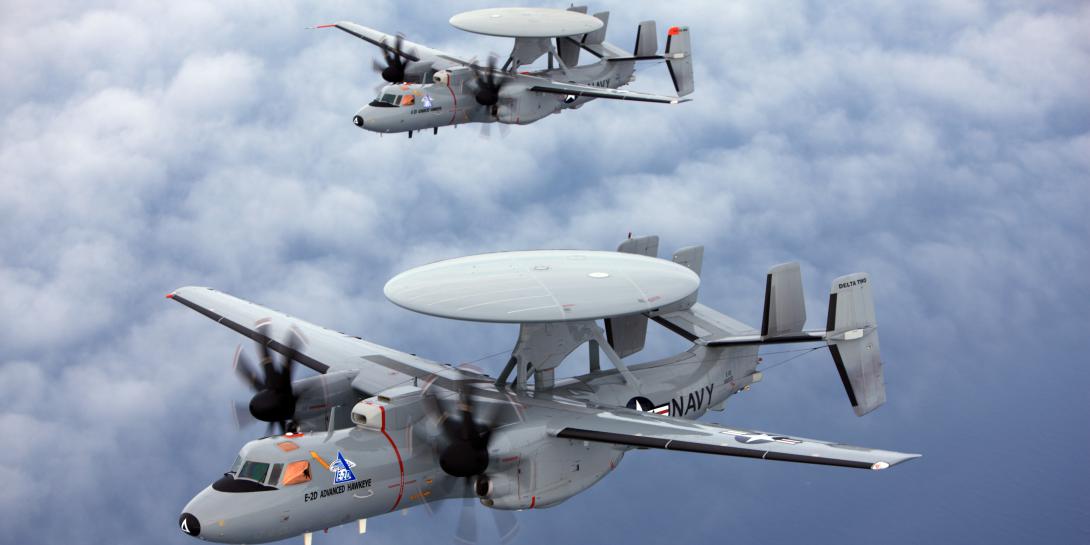
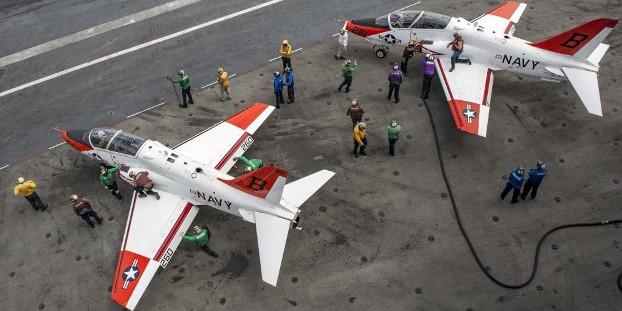
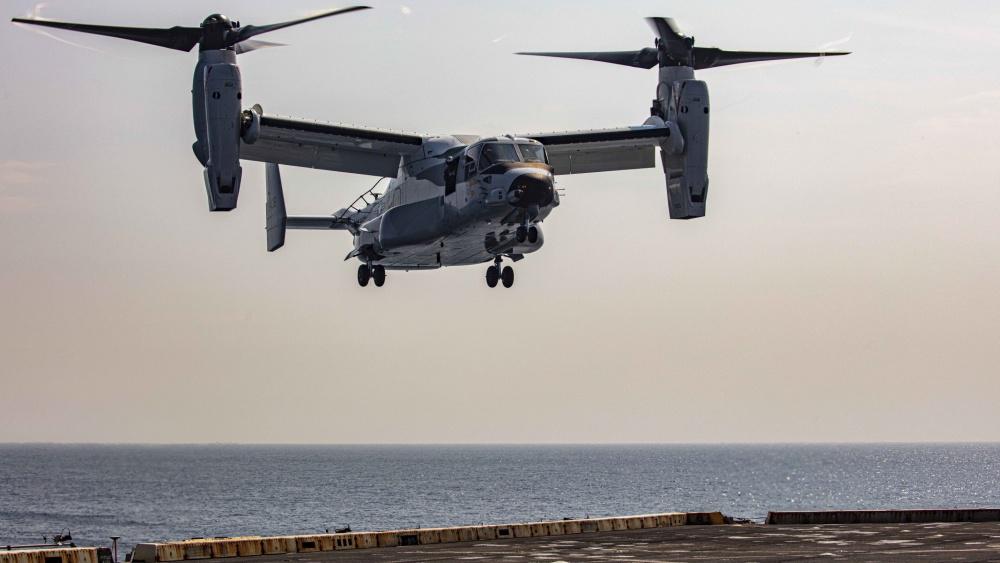
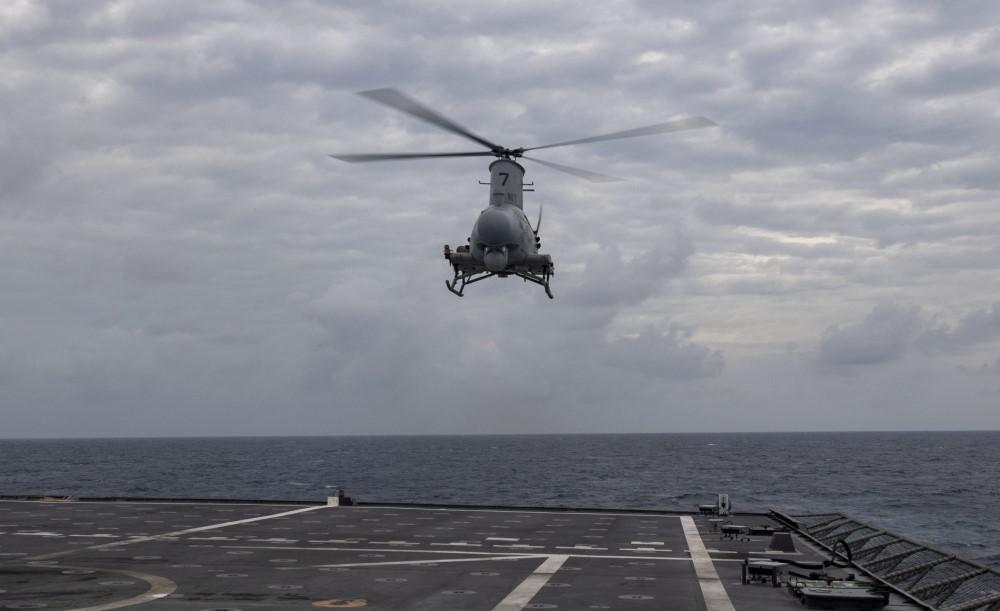
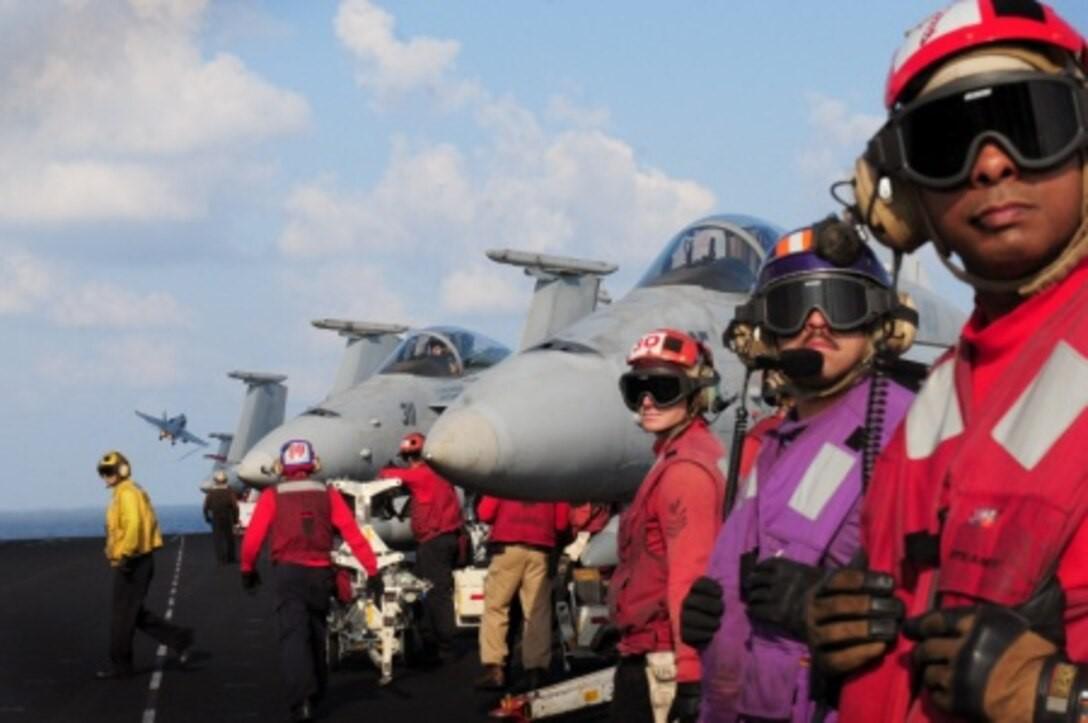




Comments